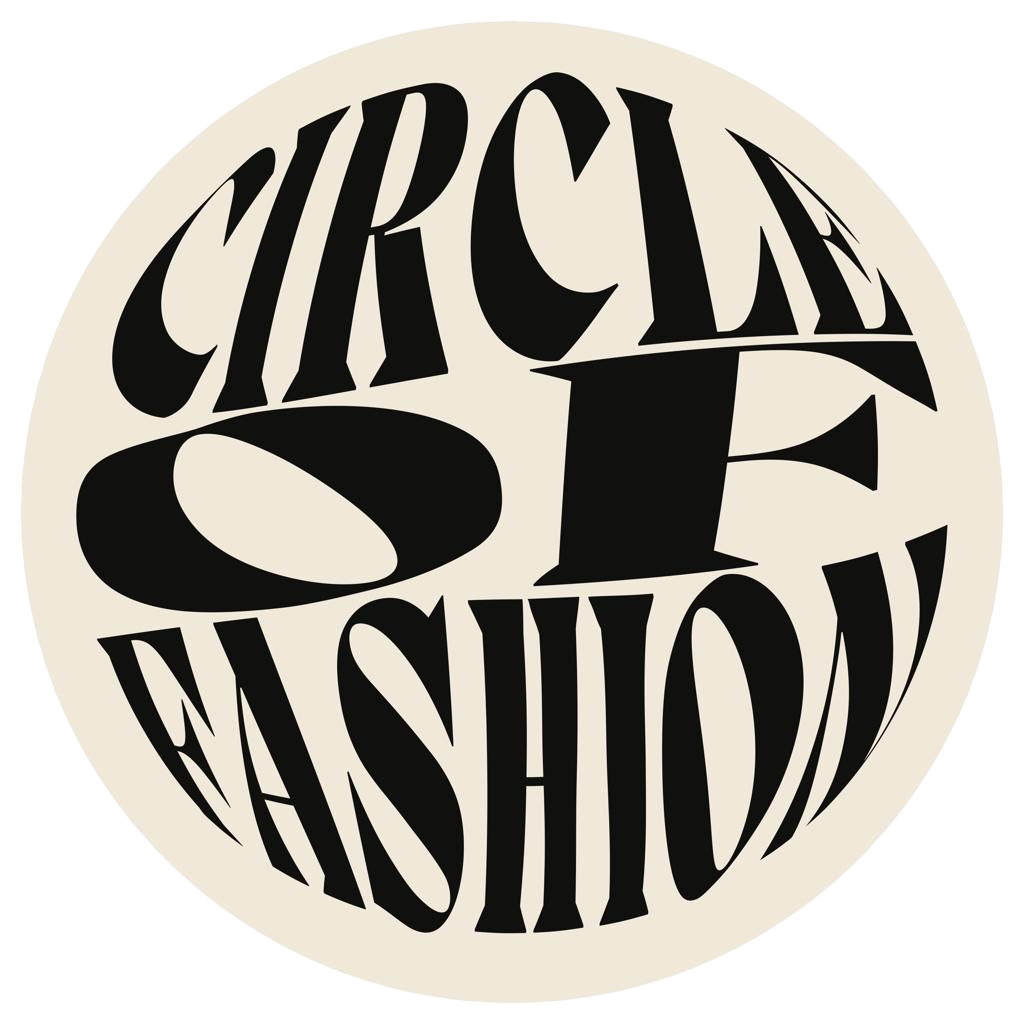Ethan Cox
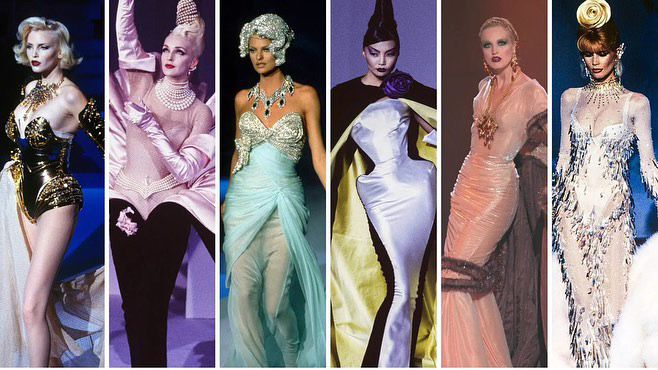
In the world of fashion, few names carry the weight as that of the late Thierry Mugler. The French designer, who passed away in January 2022 at 73, was known for his imaginative creations that blurred the line between fashion and art. His designs were otherworldly and grounded in reality, deftly capturing the spirit of the times in which they were created.

His influence is indelible for those lucky enough to witness Mugler’s work firsthand. The mere mention of his name conjures images of fantastical runway shows, bold silhouettes, and daringly sensual designs. Mugler’s impact on the fashion world is impossible to overstate, and his legacy lives on through the countless designers he inspired.
One of Mugler’s greatest contributions to the fashion world was his ability to push boundaries. His designs were not merely clothes to be worn—they were statements, manifestos, and invitations to imagine new possibilities. Mugler’s designs were unapologetically bold and unabashedly confident, from his iconic motorcycle-inspired jackets to his voluminous haute couture gowns.
In many ways, Mugler’s work reflected the cultural zeitgeist of the 1980s and 1990s. When the world was in a state of flux, with political and social upheaval shaping the landscape, his designs were a beacon of hope and optimism. His use of exaggerated shapes, metallic fabrics, and dramatic embellishments spoke to a sense of futurism and a belief in the power of human creativity.
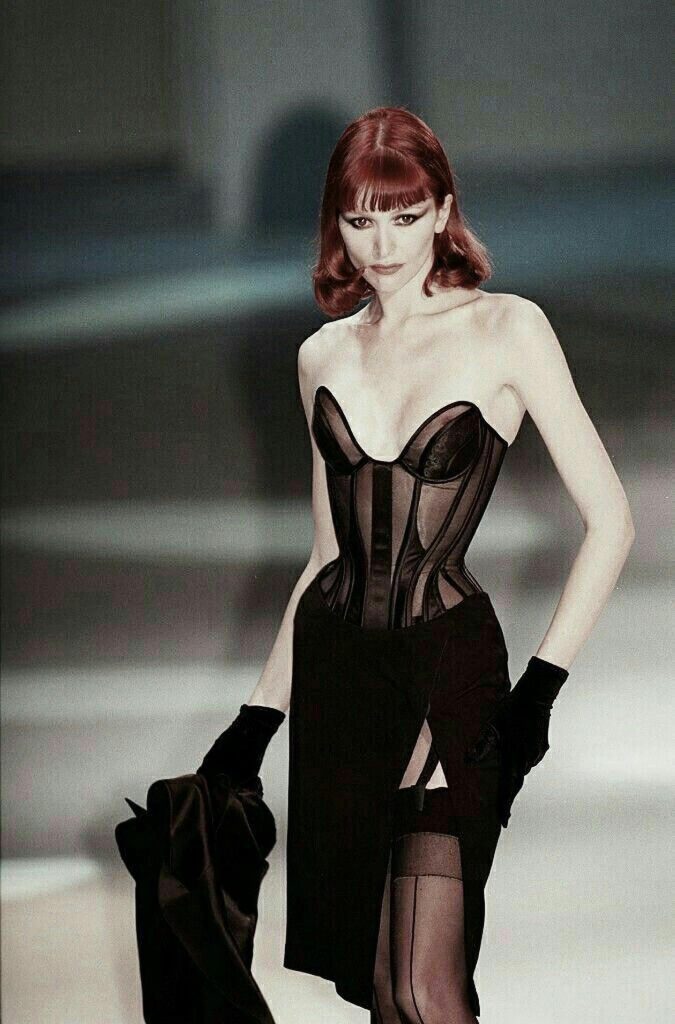
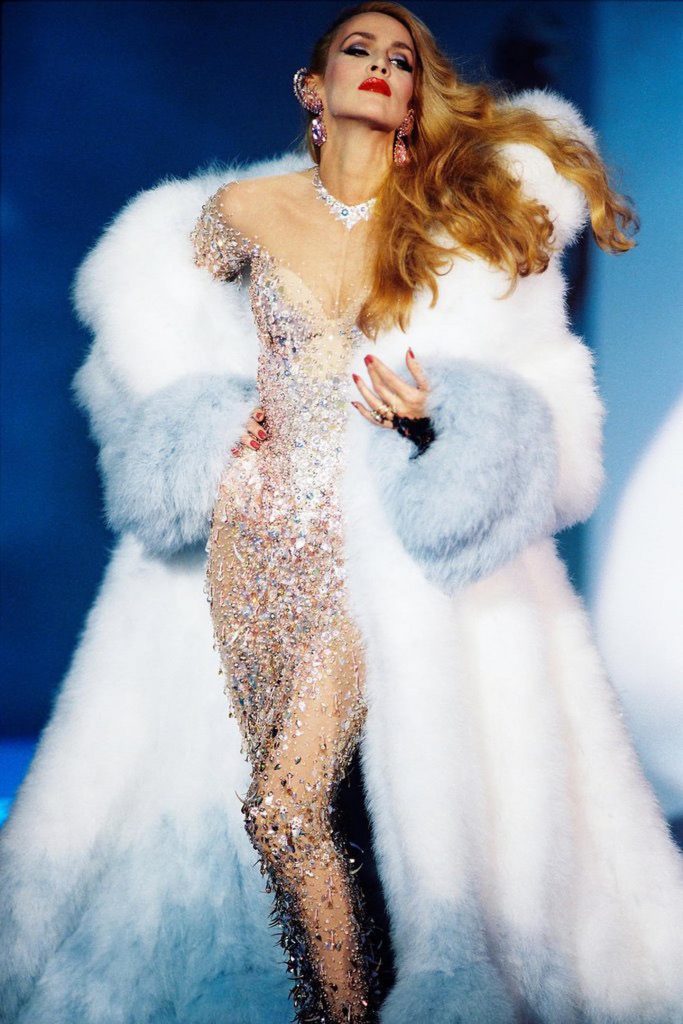
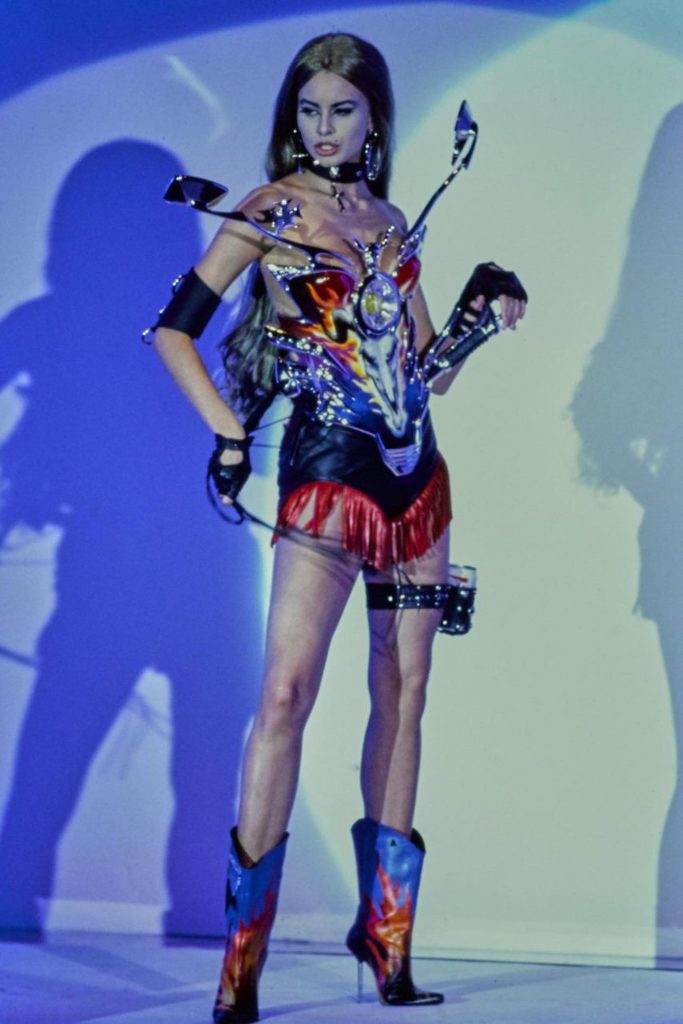
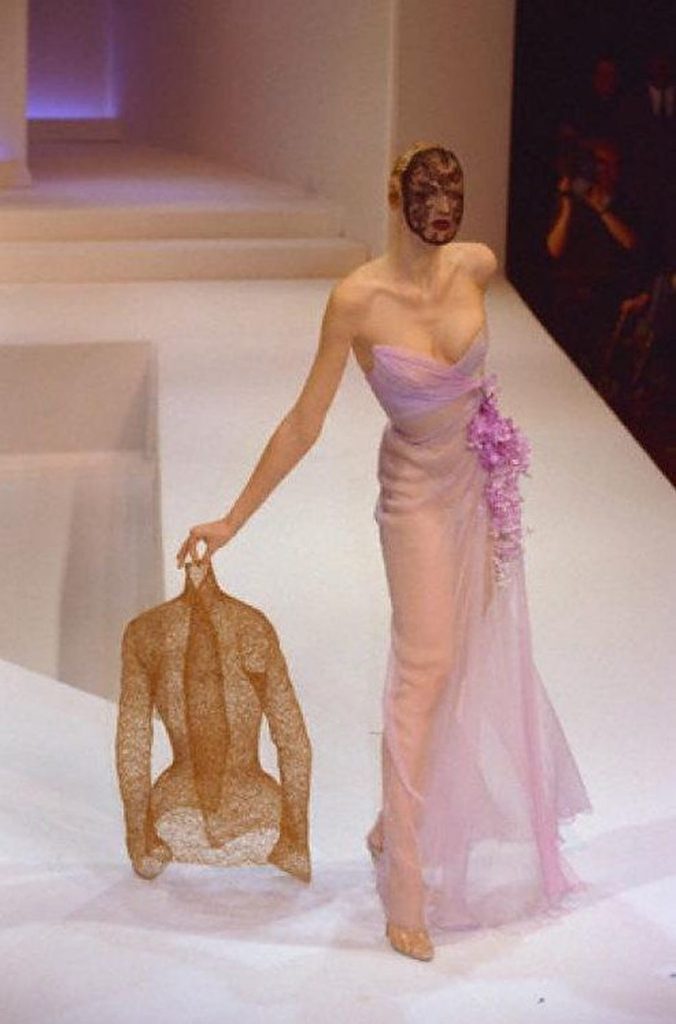
Nevertheless, Mugler’s designs were also deeply rooted in the past. His work often referenced historical periods and cultural traditions, blending them with contemporary elements to create something new. His use of corsetry, for example, was a nod to the Victorian era, while his fascination with the hourglass shape echoed the work of mid-century couturiers like Christian Dior.
Mugler’s ability to blend disparate elements into a cohesive whole was nothing short of magical. His designs were works of art, and his runway shows were spectacles that left audiences breathless. Mugler’s runway presentations were unforgettable, whether it was the all-black, all-leather ensembles of his motorcycle-inspired collection or the ethereal, feather-trimmed dresses of his angel-themed show.
Perhaps what made Mugler’s work so compelling was the way it defied easy categorization. His designs were neither strictly masculine nor strictly feminine; they were neither strictly modern nor strictly historical. Instead, they existed in their own realm, blurring the lines between gender, time, and culture.

Many continue to appreciate Mugler’s influence on fashion today. His innovative use of materials and construction techniques paved the way for a new generation of designers pushing boundaries in their own right. His bold silhouettes and imaginative designs remain a touchstone for those seeking to create something extraordinary.
Despite his towering influence, Mugler remained humble and dedicated to his craft until the end of his life. He was a true visionary, a master of his craft, and a legend in the fashion world. As we remember him, we are reminded of the power of creativity, the importance of imagination, and the enduring impact of great design.
